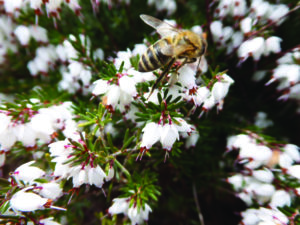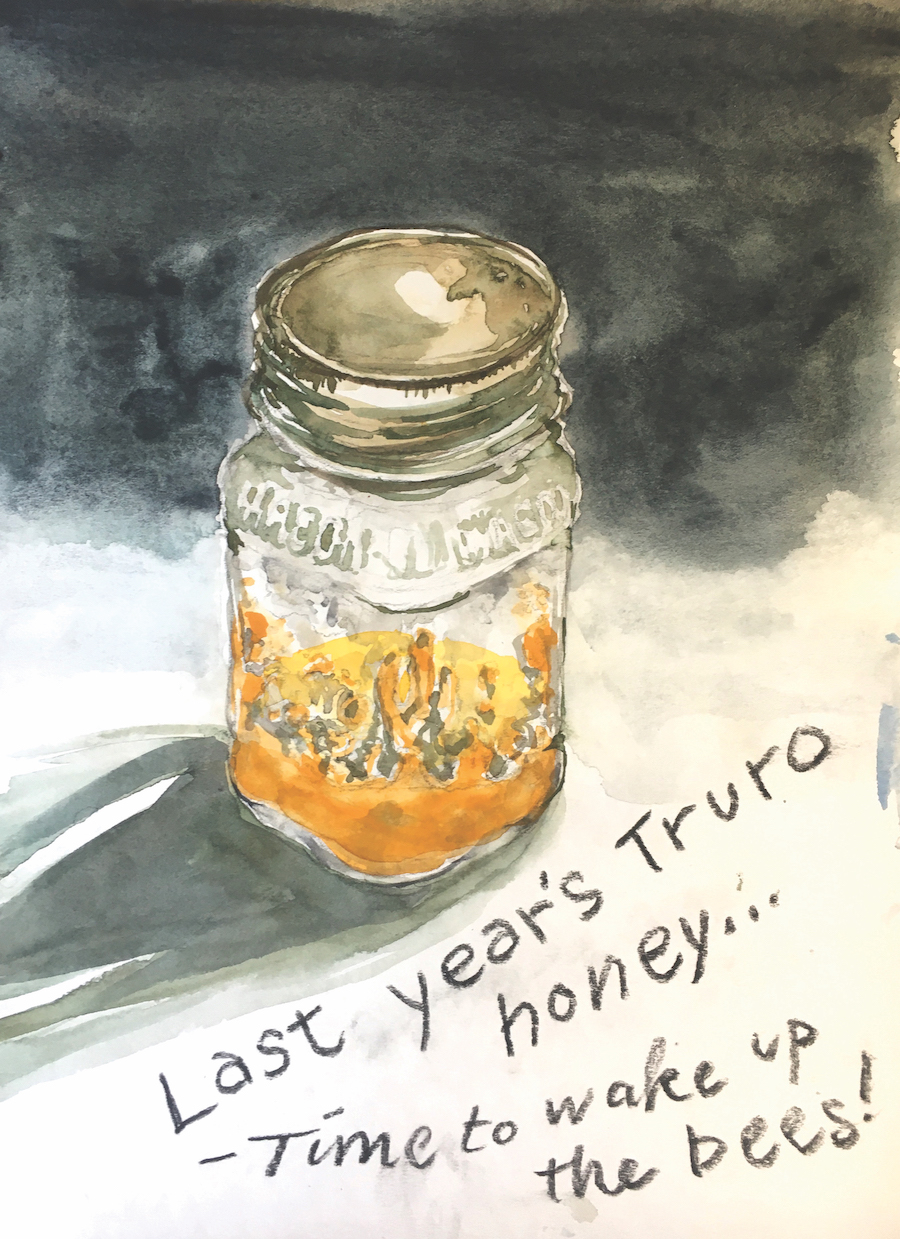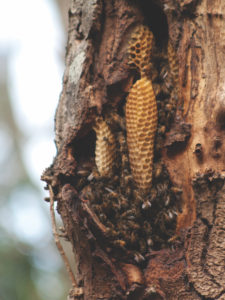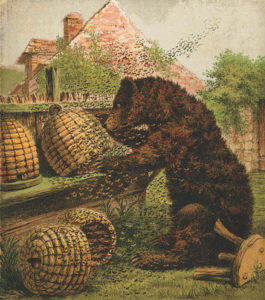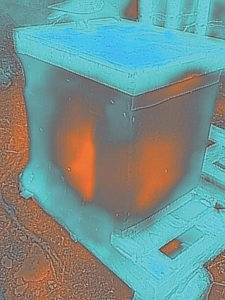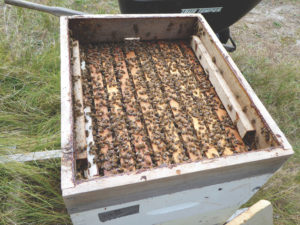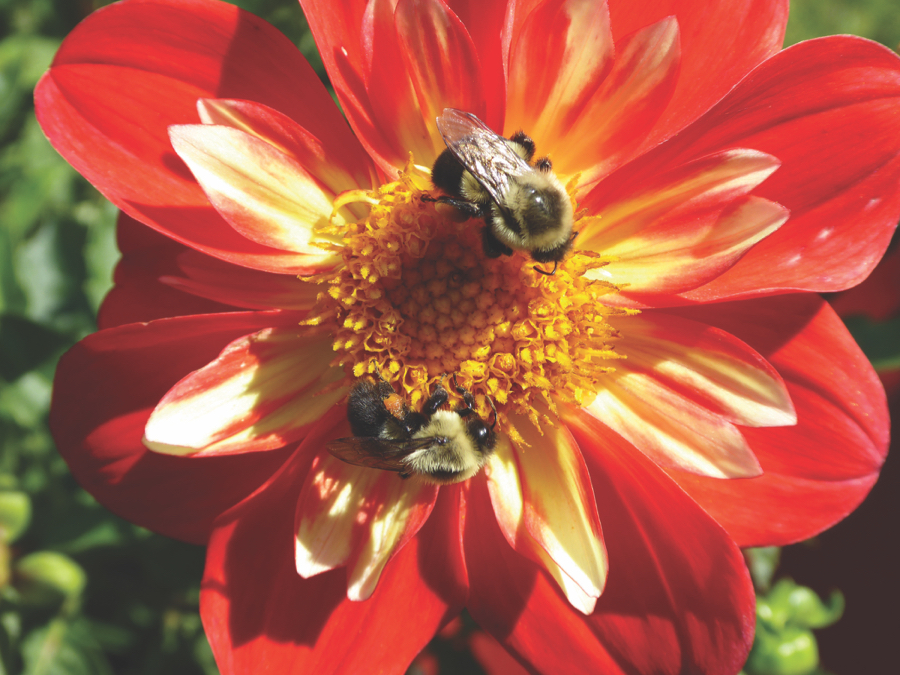A honey bee colony’s plans and those of its beekeeper often diverge, and those disparate intentions of bee and keeper can confuse and confound the objectives of both. At no time during the year is this more evident than in June, when a strong overwintered colony of honey bees is focused on one thing — reproduction.
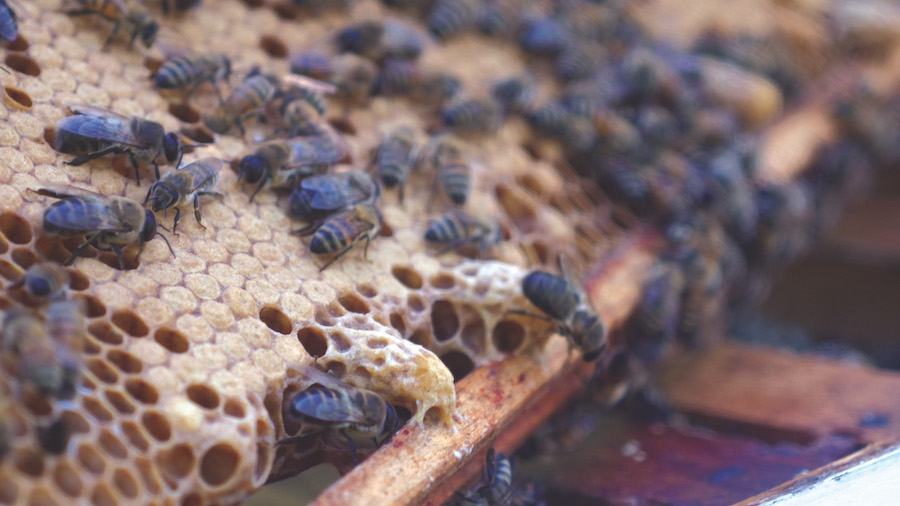
For social insects like honey bees, passing on one’s genes is less about making more bees per se, and more about reproducing the colony. Individual social bees, even queen bees, can’t survive alone and require support from the whole hive — the superorganism. In this way, the proliferation of bees in a colony might be likened to cellular division, with groups of cells (bees) specializing, like organs in our own bodies, to collaborate, communicate, and sustain the whole organism, in this case, the colony. To truly reproduce and spread across available habitat, the honey bee colony must swarm, that is, split off a daughter colony early enough so that it has time to grow and accumulate enough honey and pollen for the upcoming winter.
Since mid-April, the few thousand “winter bees,” which have made it through the cold months and now work themselves to death in the field, have been joined by a rapidly growing work force of newly minted summer bees. Fueled by the sequential nectar and pollen flows from blooming willow, maple, beach plum, and black locust, a colony’s population typically reaches 30,000 worker bees in May, and will achieve an annual population peak of double that number by the end of this month.

From the perspective of species survival, a populous honey bee colony swarms to pass on its genes, but the actual process that motivates the colony to swarm is complicated. During spring’s explosive population growth, the “brood nest,” where the queen lays eggs and emits colony-controlling pheromones, and where new bees are reared, becomes crowded. Fanning workers have more trouble ventilating the brood nest. With congestion and poor ventilation, individual workers receive less queen pheromone, the essential signal for colony stability. This is even more likely if the queen is aging and producing less pheromones.
Swarming becomes an irrevocable decision, reached by consensus of the colony, when the aging queen is guided by nurse bees to lay eggs in specialized cells, called “queen cells,” which they build along the bottom edges of wax comb. The eggs she lays there are no different genetically from their thousands of sister eggs destined to become workers. But they are fed royal jelly, enriched in fats, proteins, and sugars, once they hatch. This richer diet changes everything: turning on genes that would remain dormant in workers. These awakened genes profoundly redirect development to produce not short-lived sterile workers but reproductively active female bees that may survive in the hive for years.
Once queen cells are capped and the larvae inside reach the resting pupa stage, a swarm will emerge, always accompanied by the old queen, but definitely not led by her. One of the bees growing in the hive’s queen cells that are left behind will soon enough begin laying to rebuild the colony the swarm has left behind. But that’s another story.
Swarms happen most often during the middle of a sunny and warm June day and often right after clearing weather. The swarm usually bivouacs temporarily in a nearby tree, commonly in plain view and at sufficient height to frustrate the beekeeper, while it sends forth scouts to find a more permanent home.
Because the swarm removes perhaps 60 percent of the workforce along with quite a bit of harvestable honey from the beekeeper’s domain (and may cause problems for neighboring humans if the bees take up residence in an attic or shed), swarms are traditionally dreaded by some beekeepers. But swarms can be looked-out for and prevented by beekeepers who make “splits,” where beekeepers set up the emerging queen cells in new hives. Either way, whether managed or lost to the woods, a swarm is a good thing. It’s a sign of reproductive success for the parent colony of bees.
